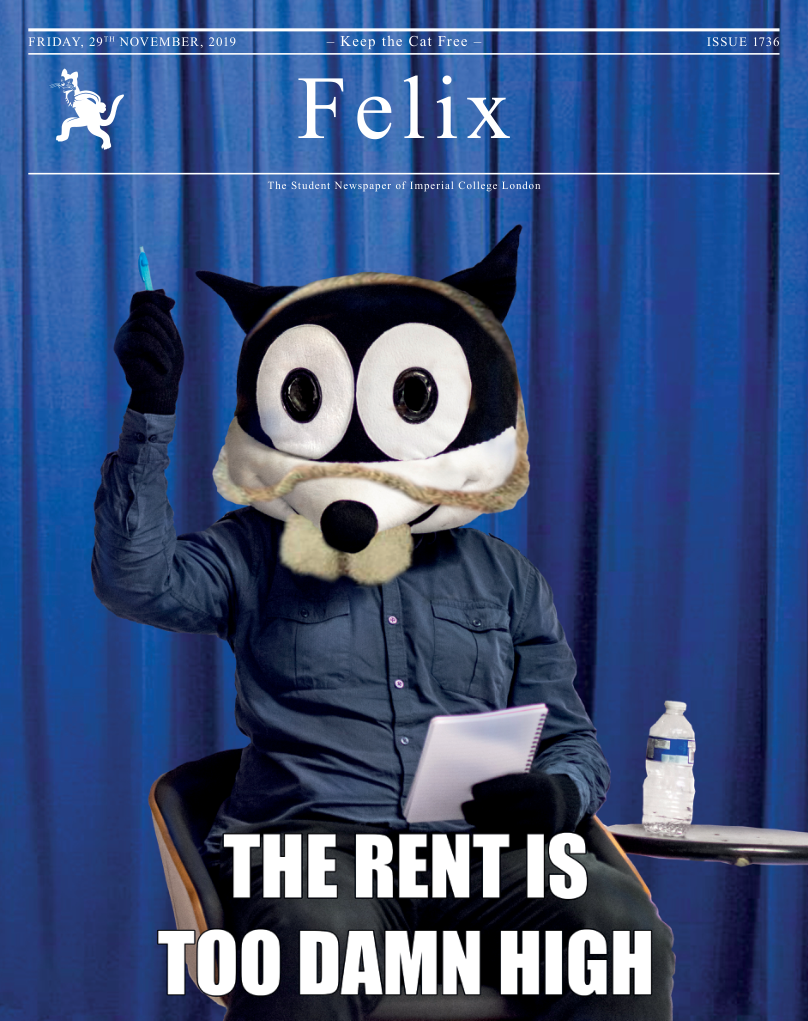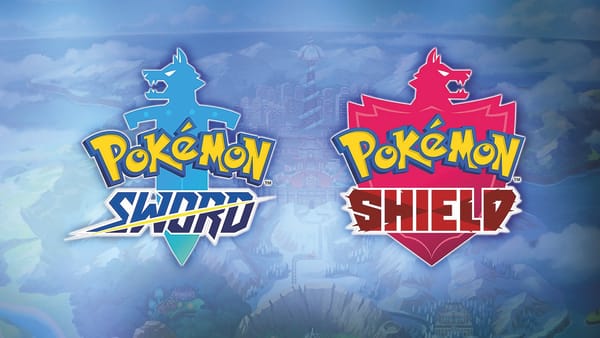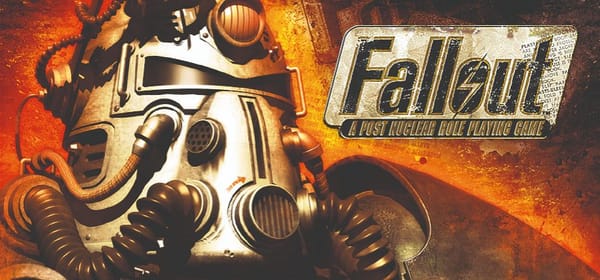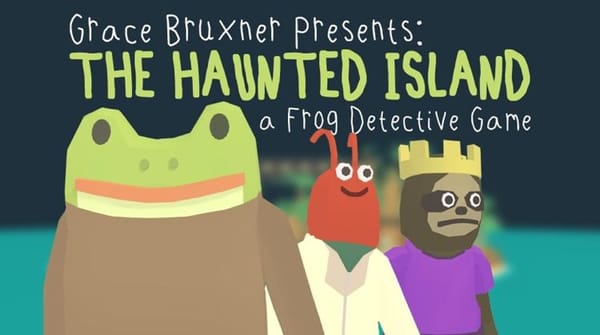Digimon Story: Cyber Sleuth
Games Writer Conor Winzar relives his youth with a nostalgic dose of Digimon, new to the Switch

Now I don’t know about you, but Digimon was the bread and butter of my childhood, with its classic animation style and collection of surprisingly dark moments. I’m still traumatised by their equivalent of Sean Bean, Leomon, who seemingly could not go an episode without falling.
So you can imagine that for me, it was a very pleasant surprise when I heard that Digimon Story: Cyber Sleuth and the follow-up game Hacker’s Memories were coming to the Switch in a combined package. Fortunately, I managed to get a press copy courtesy of Namco Bandai – which is timely, given that it’s the same week as Cyber Monday. I had previously played Hacker’s Memories on the PS4, and can say that it has carried over beautifully to the Switch in numerous ways.
First things first, the biggest positive: my favourite thing about this port is the ability to play the game portably without sacrificing graphical quality. It is an absolute wonder, especially given the game’s long completion time. Previously, I felt unable to fully invest the time needed to finish off the PS4 version – which doesn’t apply now that I have the chance to take it on the road. There are occasional framerate drops when the Switch is undocked, but this minor setback is fully worth the flexibility and graphic fidelity.
The game itself revolves around the havoc that is being unleashed in the digital world known as EDEN. Our protagonists in each game – highly colourful in Cyber Sleuth and deliberately bland in Hacker’s memories – attempt to unfurl the mysteries behind various unexplained hackings, along with strange physical phenomena, as the digital world seems to be leaking into the real world. We follow the protagonists as they endeavour to discover the cause. In Cyber Sleuth you are part of a detective agency working to figure out what’s going on, whilst in Hacker’s Memory you play as a member of a group of hackers.
In terms of mechanics, the battle system utilises a classic ‘rock-paper-scissors’ style effectiveness system – vaccine is effective against virus, virus is effective against data, and so on – with an additional layer of ‘typing’ such as Dark, Light, Earth, or Electric. These familiar mechanics are combined with attack cut scenes that are visually gorgeous – especially as you get a kick of nostalgia from seeing your favourite Digimon from childhood rendered in fantastic 3D detail. The ‘digivolving’ system has a magnificent amount of depth that encourages the player to evolve and devolve numerous times in order to get the strongest Digimon possible. All the while, you are also encountering and using your favourite companions throughout the adventure – a particular favourite of mine being Diaboromon (the one that was featured in Digimon The Movie and almost nuked a country!)
I strongly enjoyed the game’s music, but its implementation has flaws – a notable downside is that some overused tracks can get a bit repetitive at times, such as the standard battle theme. However, that’s balanced by the outside battle music, which is refreshing and alternating as you continue through the game.
All in all, the port is great and I highly recommend it. Despite a few minor downsides, such as the framerate drops and a few repetitive tracks, the game encompasses a sense of reliving of childhood, and delving further into the digital world.









